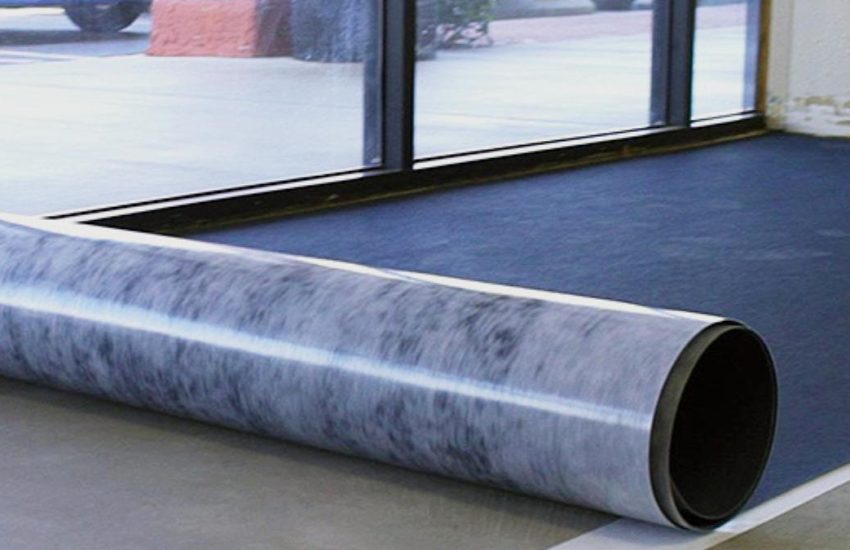Despite its robust reputation, concrete can be vulnerable to moisture infiltration, which can lead to various forms of deterioration over time. Moisture ingress into concrete occurs through capillary action, where water is drawn into the tiny pores and capillaries within the concrete matrix. This infiltration can happen through direct contact with water, such as rain or snow, or from the ground through a process known as rising damp. Once moisture permeates the concrete, it initiates a cascade of destructive processes, compromising the visual appeal, and, worse, the structural integrity of the concrete. Designed to address these problems, footing drain boards can provide an unobstructed pathway to channel water towards basement and crawl space drains or other such footing drain systems.
What does water damaged concrete look like?
Knowing how to identify water damage in concrete is crucial to timely intervention and maintenance. Signs of concrete water damage may manifest differently depending on the severity and duration of exposure. Initially, you may notice surface discoloration, typically appearing as dark patches or stains, indicating the presence of moisture. As the damage progresses, surface deterioration becomes more evident, with flaking, spalling, or cracking growing more pronounced. In severe cases, structural weaknesses may develop, compromising the stability of the concrete.
What can I put on concrete to prevent moisture?
To safeguard your concrete against moisture damage, applying a reliable moisture barrier is of the essence. A moisture barrier serves as a protective shield, preventing water and moisture from infiltrating the concrete substrate. These barriers come in various forms, including many types of coatings, sealants, membranes, and admixtures, each offering unique advantages depending on the intended application and environmental conditions. By selecting the appropriate moisture barrier for concrete according to your specific needs and circumstances, you can effectively protect your concrete surfaces and structures from the disastrous effects of moisture intrusion.
You can protect your concrete and prolong its lifespan with a moisture barrier from Koffler Sales. Click to view our range of durable solutions for homes and businesses.
How to protect concrete from water damage?
Proactive measures can be taken to mitigate moisture infiltration and protect concrete from water damage. Start by ensuring proper site drainage to divert surface water away from concrete structures. Next, apply a high-quality moisture barrier, such as a penetrating sealer or waterproof membrane, to the surface of the concrete. Regular maintenance, including reapplication of sealants as needed and prompt repair of any cracks or damage, is crucial for long-term protection.
Taken together, concrete moisture damage poses a significant threat to the integrity and longevity of concrete surfaces and structures. Understanding the mechanisms of moisture infiltration, recognizing the signs of water damage, and implementing proactive steps to prevent moisture ingress are essential. By investing in a reliable moisture barrier and adopting proper maintenance practices, you can protect your concrete investments and ensure their durability for years to come.
